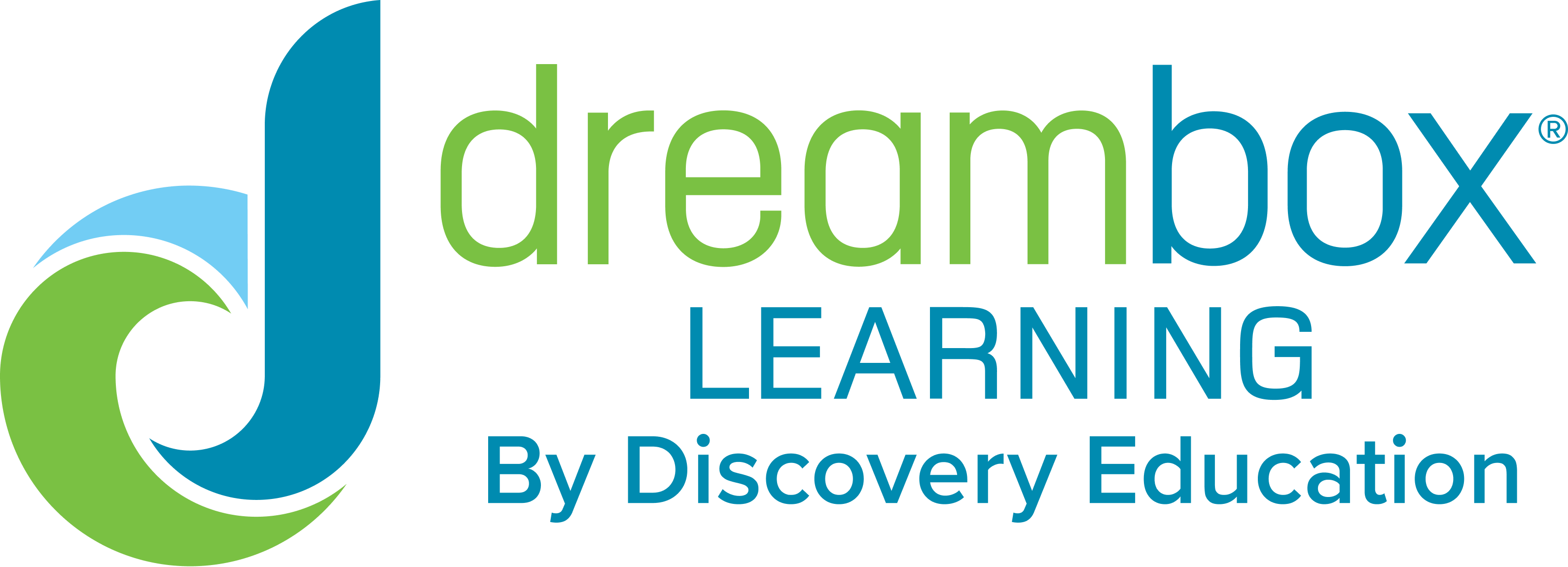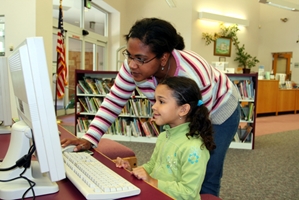

Building a School Model:
While many school districts have begun to embrace blended learning models, there are important considerations about implementation and approach that should be examined to ensure a successful transition.
We all know that there’s no single right approach to building a school model. Different communities have different resources, classrooms, computers, schedules, and many other unique needs. However, there is a single right approach to ensuring student learning: planning backwards from desired outcomes. A school can’t choose software, build a schedule, or write assessments and design lessons without first defining what students should understand and be able to do.

Mission and Learning Goals:
Therefore, a school’s mission and learning goals must be the foundation upon which blended learning models are built. This might sound obvious, but it isn’t typically followed in practice. Ideally, a school would start with this question: “Given our mission and learning goals, what technologies should we leverage, and when will students need access to these technologies?” This type of thinking correctly positions the blended model as a means to an end—a strategy for accomplishing the school’s educational objectives.
Instead, we more often see the opposite of this type of planning occur. In these situations, schools begin with this question: “Given that we just purchased student computers and every student will have access to a computer for 60 minutes per day, what should we have students do while on the computers?” In this case, the blended model becomes its own goal because the technology drives decisions instead of carefully designed learning objectives. Sadly, in this situation, improved learning is certainly not guaranteed.
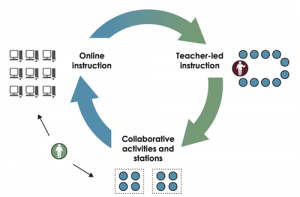

Station Rotation Model:
If your school is adopting a blended learning strategy as a means of improving student learning, then scheduling student time is an important consideration. For elementary schools, a Station-Rotation model and schedule of blended learning is usually a natural fit, and it’s one that can be very effective. Here are a few tips that can serve as a useful starting point for school administrators, teachers, and leadership teams who are using this model.
The Station-Rotation model allows students to visit various stations or centers during the allotted time for a specific subject. For example, during math time students might rotate between one-on-one or small-group work with the teacher, working on computers or tablets, using additional centers or stations the teacher has set up using manipulatives, or working on projects. When using adaptive learning software that continually differentiates for students in real-time, they are able to move at their own pace and make self-directed choices. Also, teachers have better data and opportunities to differentiate for all students during whole class or small group work.

Small Groups:
One strength of this Station-Rotation blended learning model is that teachers increase their opportunities to work with small groups of students. This component can be a welcome change for many educators who have been attempting to adapt to ever-increasing class sizes. Small group work with students makes it possible for educators to address the different needs of individual students and truly engage them in the subject based on their prior knowledge and depth of understanding. It also gives teachers more time to connect on a personal level with students and build relationships.
The model can be particularly effective in elementary schools because many teachers already use classroom centers. Therefore with the Station-Rotation model of blended learning, teachers don’t have to completely revamp their approach to the classroom. They can simply include computer time as an additional station or as a replacement for an existing station. Teachers can use the data collected by the adaptive learning program to individualize other student learning experiences. The goal is to connect learners with appropriate lessons every day, and schools need both teachers and software that can make this goal a reality.

Goals and Communication:
Whether you choose the Station-Rotation model or another blended learning method, it’s important to keep the lines of communication open and continually evaluate how well your approach is working. Teachers, parents, and students should be empowered to ask questions, share comments, and raise concerns about classroom strategies and tactics. If you’ve defined your education mission and learning goals up front, then these conversations will be informed by how well students are meeting the intended goals within the new model. Unfortunately, if technology has been implemented without clear goals, it will be nearly impossible to determine the effectiveness of the blended learning model because the standards of success are foggy. Without these clear goals, it’s also nearly impossible to choose effective learning software that engages students in critical thinking and develops conceptual understanding. The pedagogy and design of learning software is just as important as the pedagogy and design of classroom lessons.

Goals and Monitoring:
Set clear learning goals, monitor them frequently, and expect to make adjustments to your implementation strategy. Perfection should not be expected the first time around, so changes and tweaks should be anticipated. Make sure everyone knows that improvements will be made over time. But don’t make modifications too quickly, because effective change doesn’t happen overnight. Give your strategy time to work. And, as always, keep student learning and growth at the center of your blended learning decisions.
Was this blog helpful? Check out our most recent white paper,
Making Math Work: K-8 Blended Learning by Tom Vander Ark,
CEO of Getting Smart.
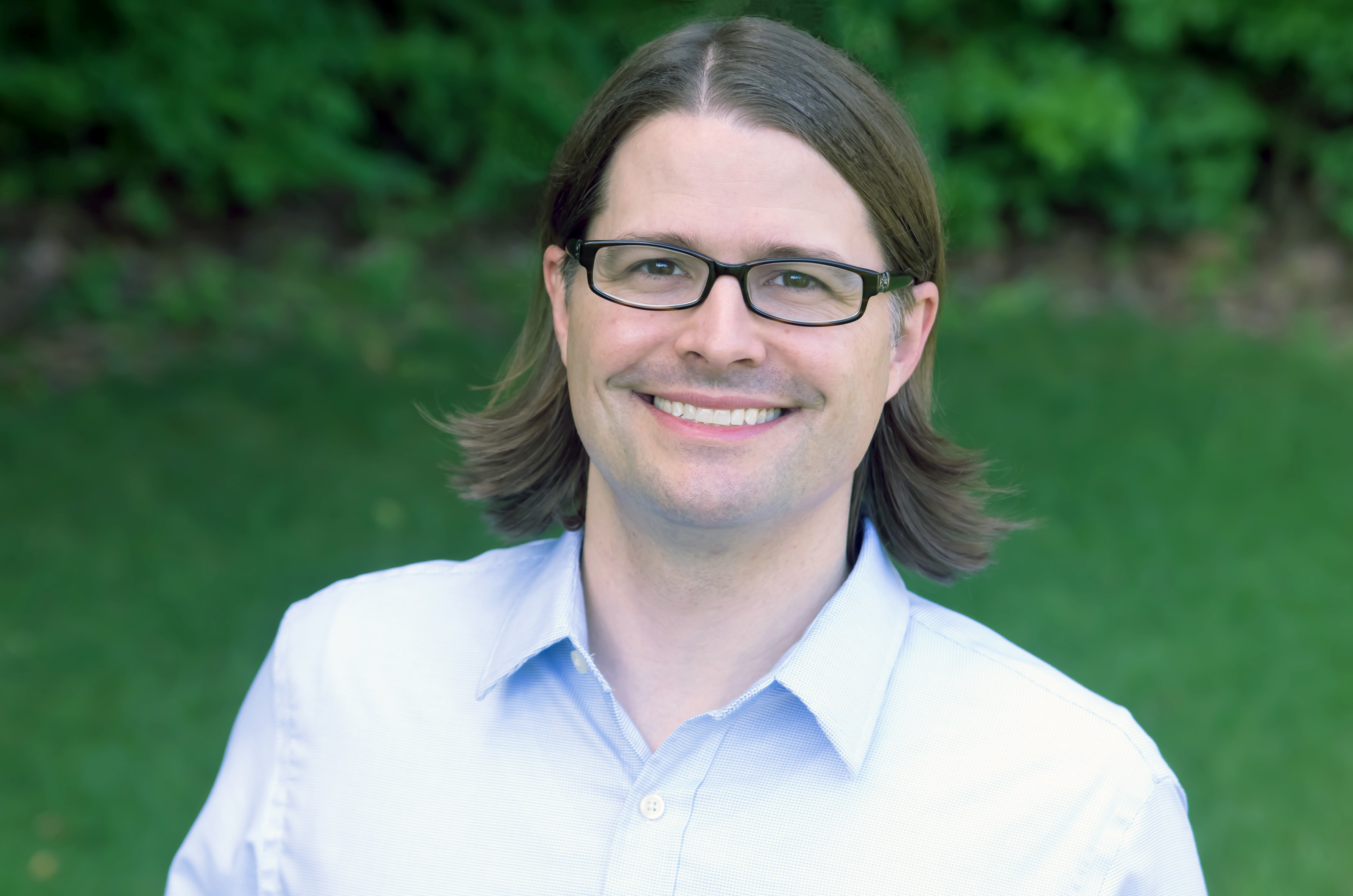
Tim Hudson


